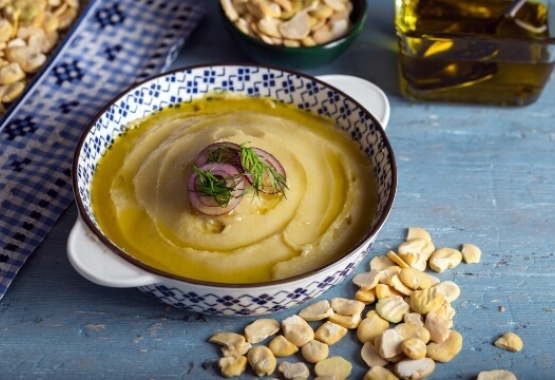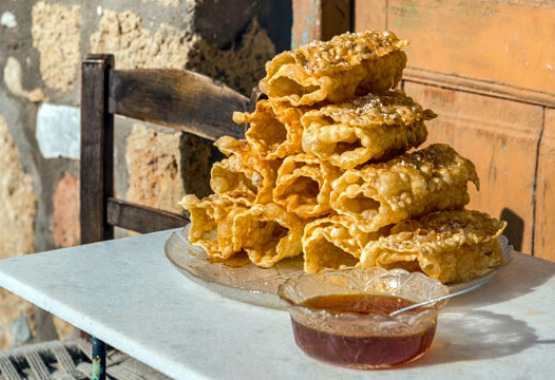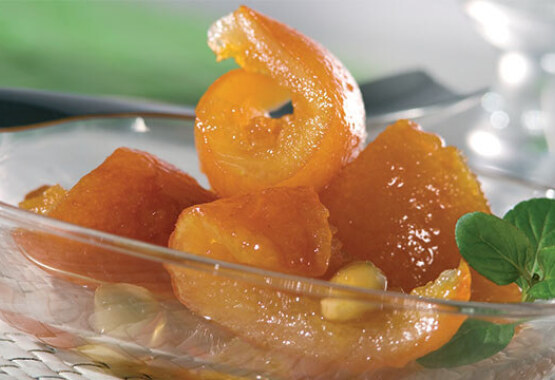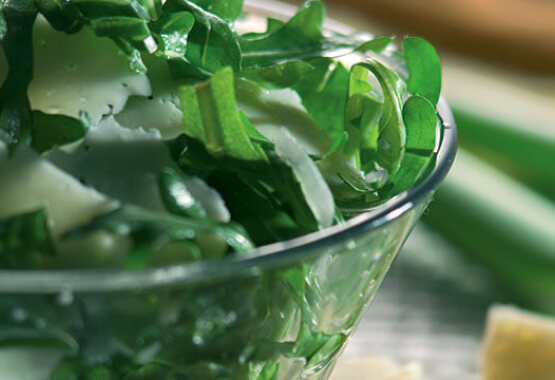
AROUND GREECE
Religion and tradition in Greece have it that the Lent should last 40 days and involve refraining from all animal products. Nevertheless, some of the most delicious dishes of the Greek cuisine make up the Lent table, ranging from vegetables and pulses to seafood and other nutritious and scrumptious ingredients. To round off the pleasure, there goes the traditional halva and syrupy sweets.
Dishes cooked in a saucepan and in olive oil (aka ladera) - popular in Greek cuisine anyway – hold a special place on the table on this occasion: bean soups, baked giant beans, vine leaves stuffed with rice, chickpea soups, and tomato balls will definitely steal your heart!
Culinary Traditions of the Lent
Easter holiday is linked with the Lent period, which starts right after the Carnival festivities on Clean Monday, usually spent outdoors. Families and friends go to the countryside, fly kites and start the Lent with the rich Clean Monday meal.Religion and tradition in Greece have it that the Lent should last 40 days and involve refraining from all animal products. Nevertheless, some of the most delicious dishes of the Greek cuisine make up the Lent table, ranging from vegetables and pulses to seafood and other nutritious and scrumptious ingredients. To round off the pleasure, there goes the traditional halva and syrupy sweets.
Starters
Fresh salads with tomatoes, radish, cabbage and lettuce with sour olives, caper, caper leaves, spicy pickles, fish roe salads, potato salads seasoned with onion and, of course, an abundance of olive oil and lemon poured on everything!Main course
Seafood is the king! Tender cuttlefish with spinach, grilled squids stuffed with rice and vegetables, octopus with vinegar or pasta, shrimps baked with pasta in a clay pot, fisherman’s pasta, and mussel pilaf: those are just some of the mouthwatering dishes you can choose from.Dishes cooked in a saucepan and in olive oil (aka ladera) - popular in Greek cuisine anyway – hold a special place on the table on this occasion: bean soups, baked giant beans, vine leaves stuffed with rice, chickpea soups, and tomato balls will definitely steal your heart!




